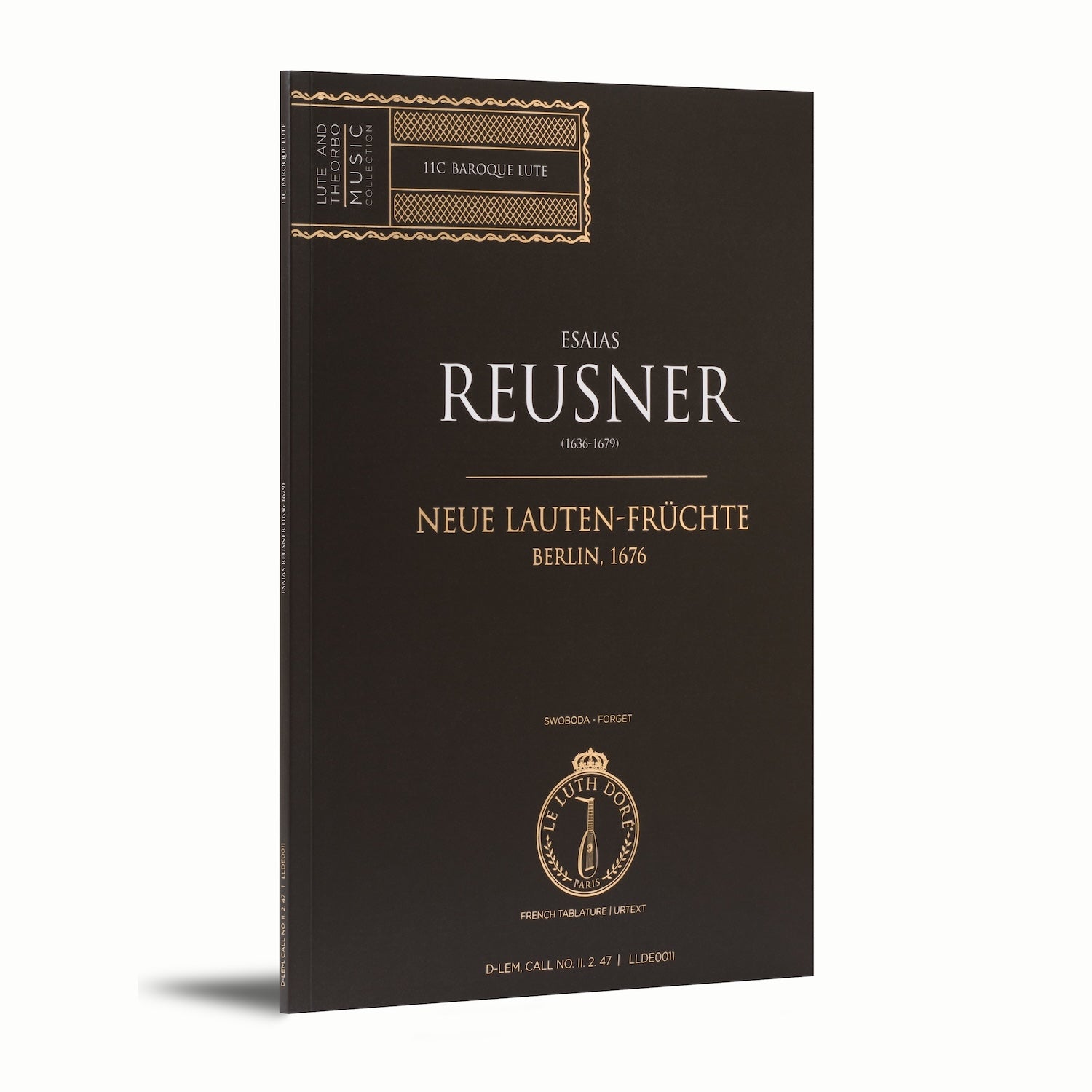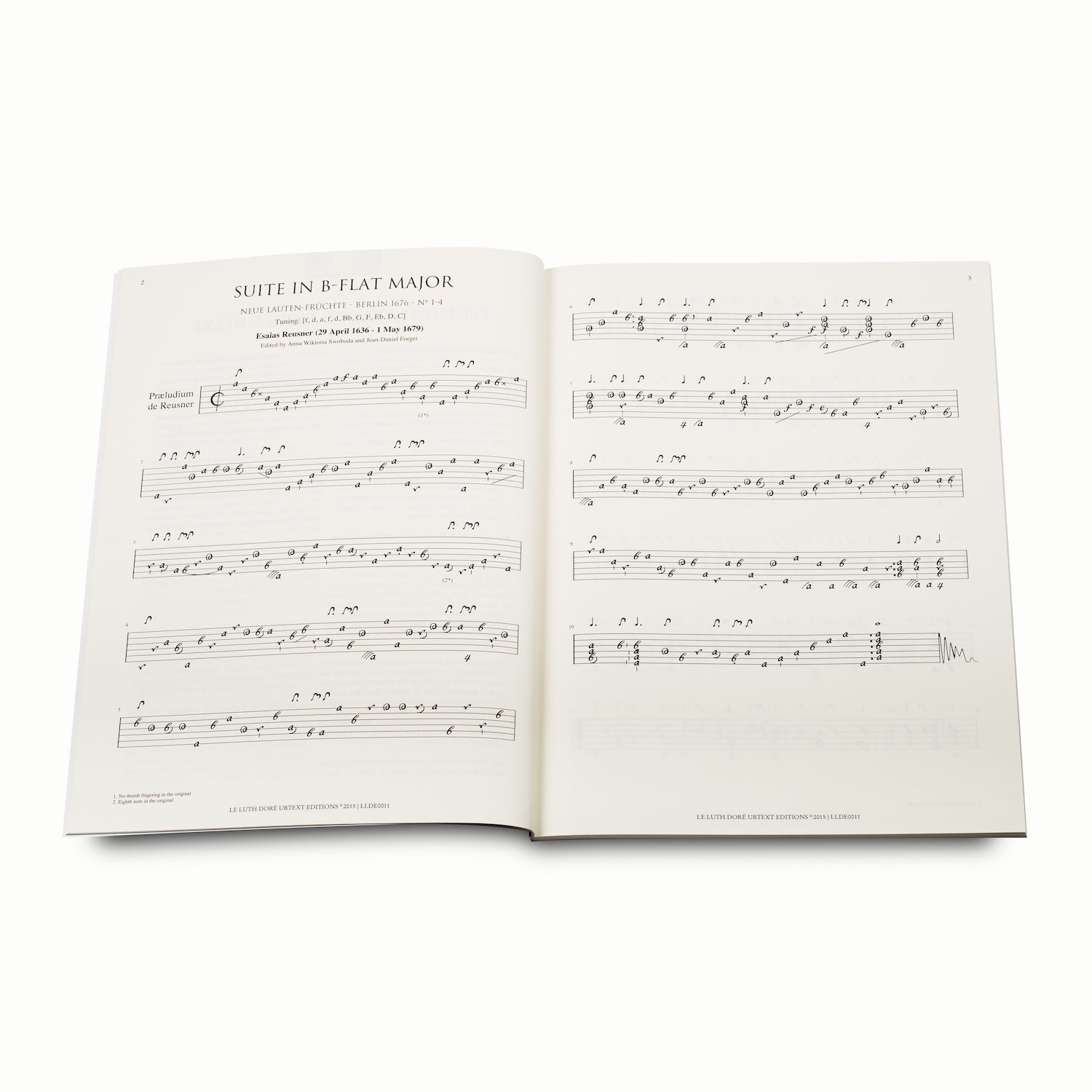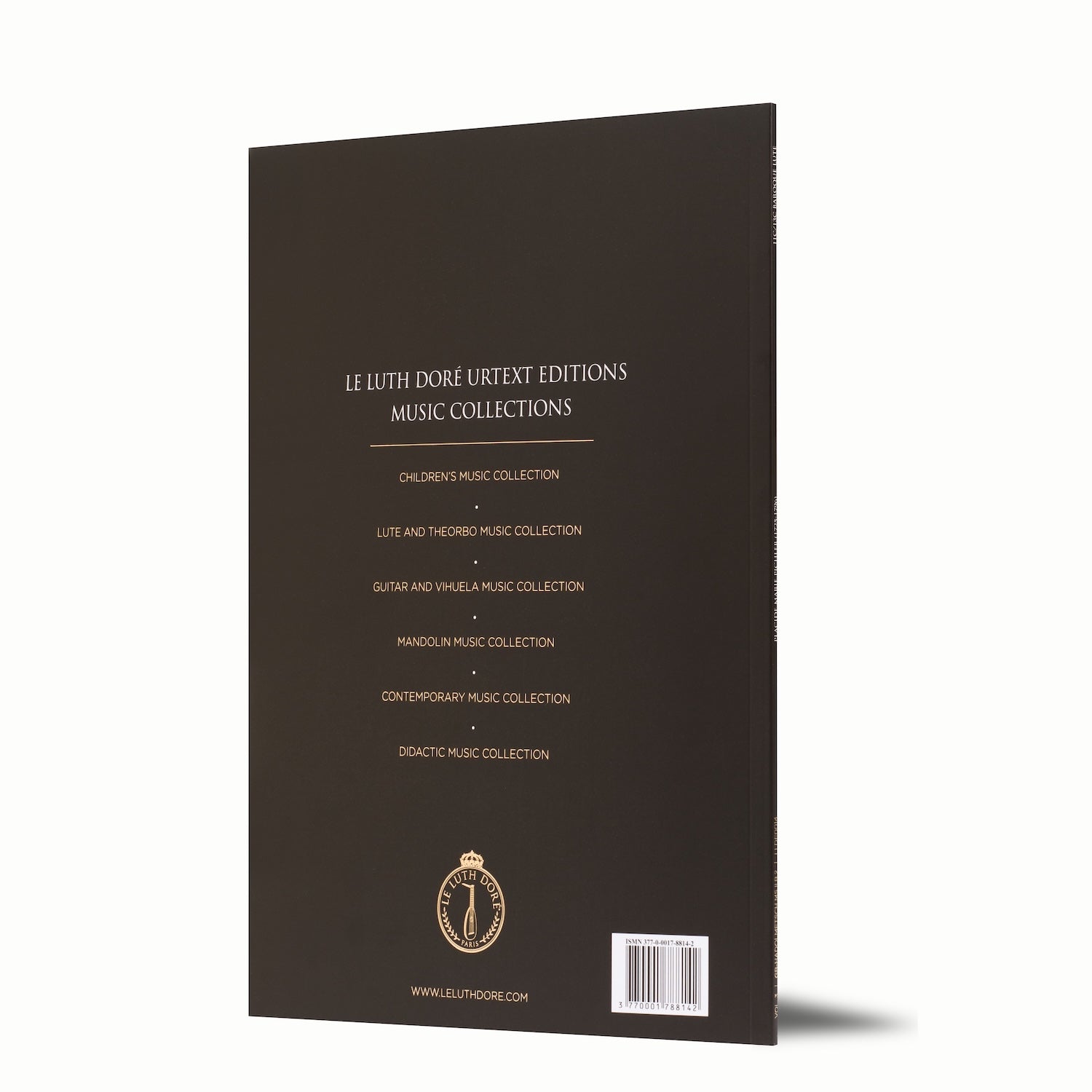My Store
New Lauten-Früchte, Berlin 1676
New Lauten-Früchte, Berlin 1676
SKU:LLDE0011
• Composer(s): Esaias Reusner (1636-1679)
• Title: New Lauten-Früchte
• Subtitle: Berlin, 1676
• First edition: Esaias Reusner
• Year of publication: 1676
• Source: D-LEm, call no. II. 2. 47
• Scholarly edition based on original sources
• Accurate transcriptions, historical fingering, optimal readability
• Ideal for concerts, research, or higher education
No VAT applied (Article 293 B of the French Tax Code).
3 payments at 0% interest with Klarna
Couldn't load pickup availability
Share

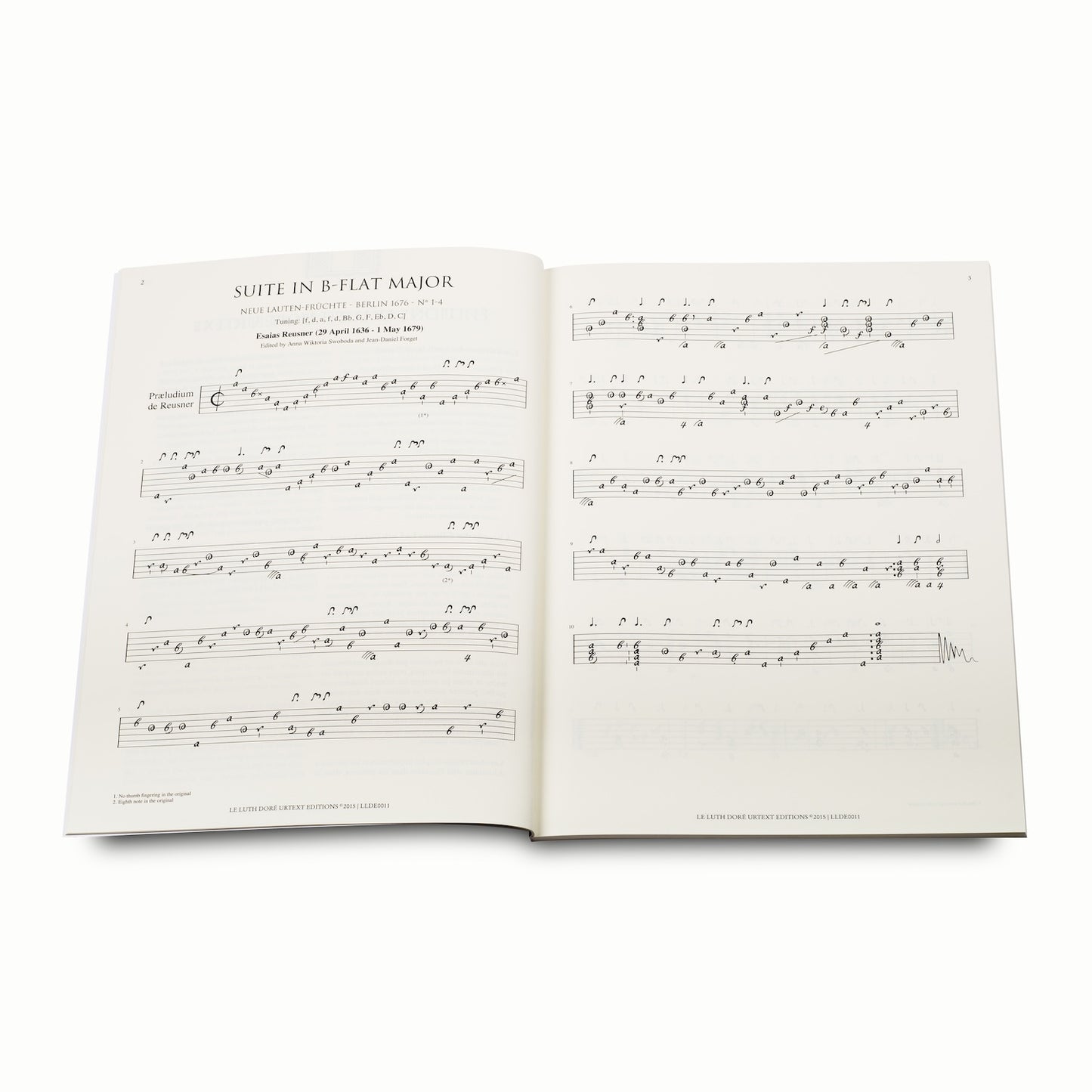
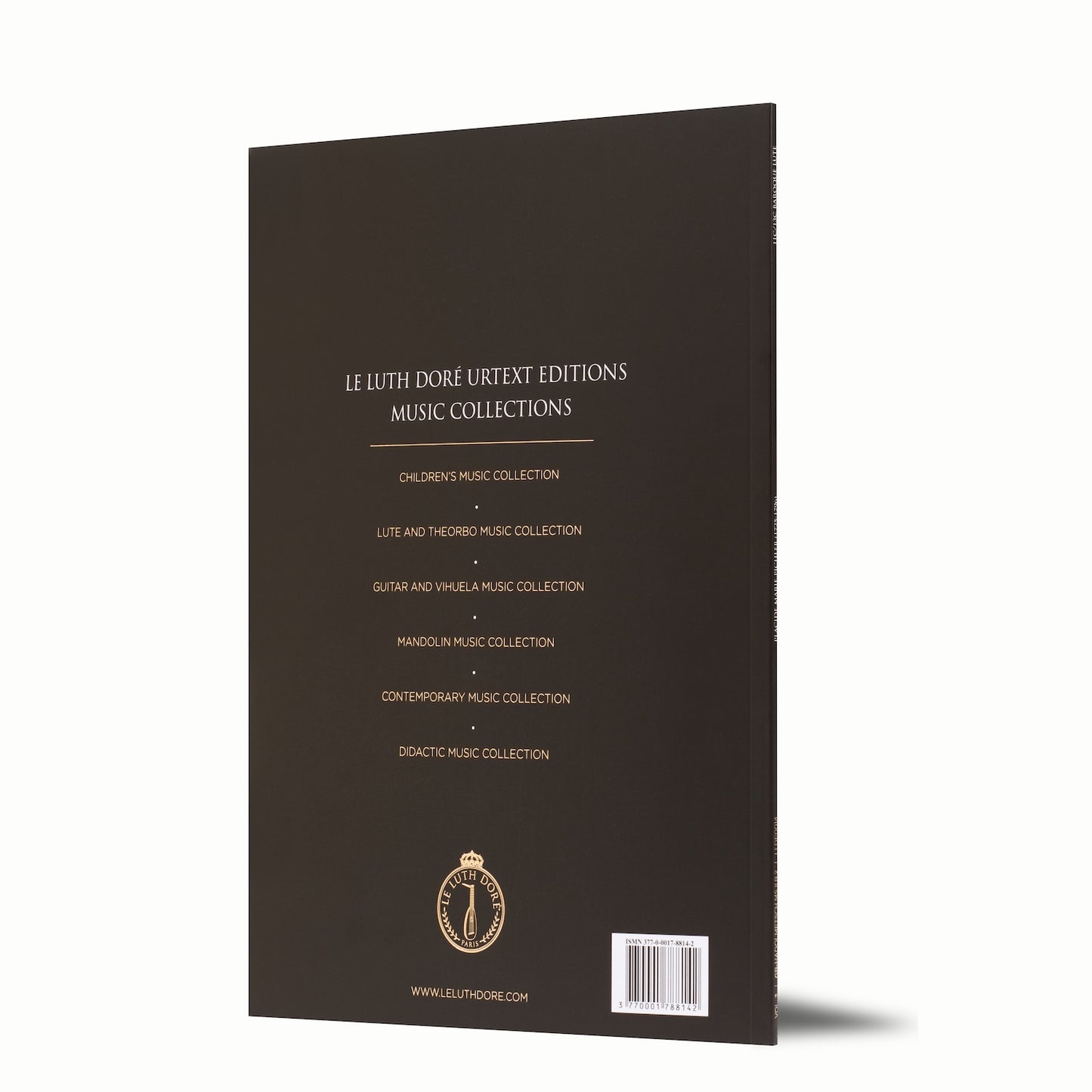
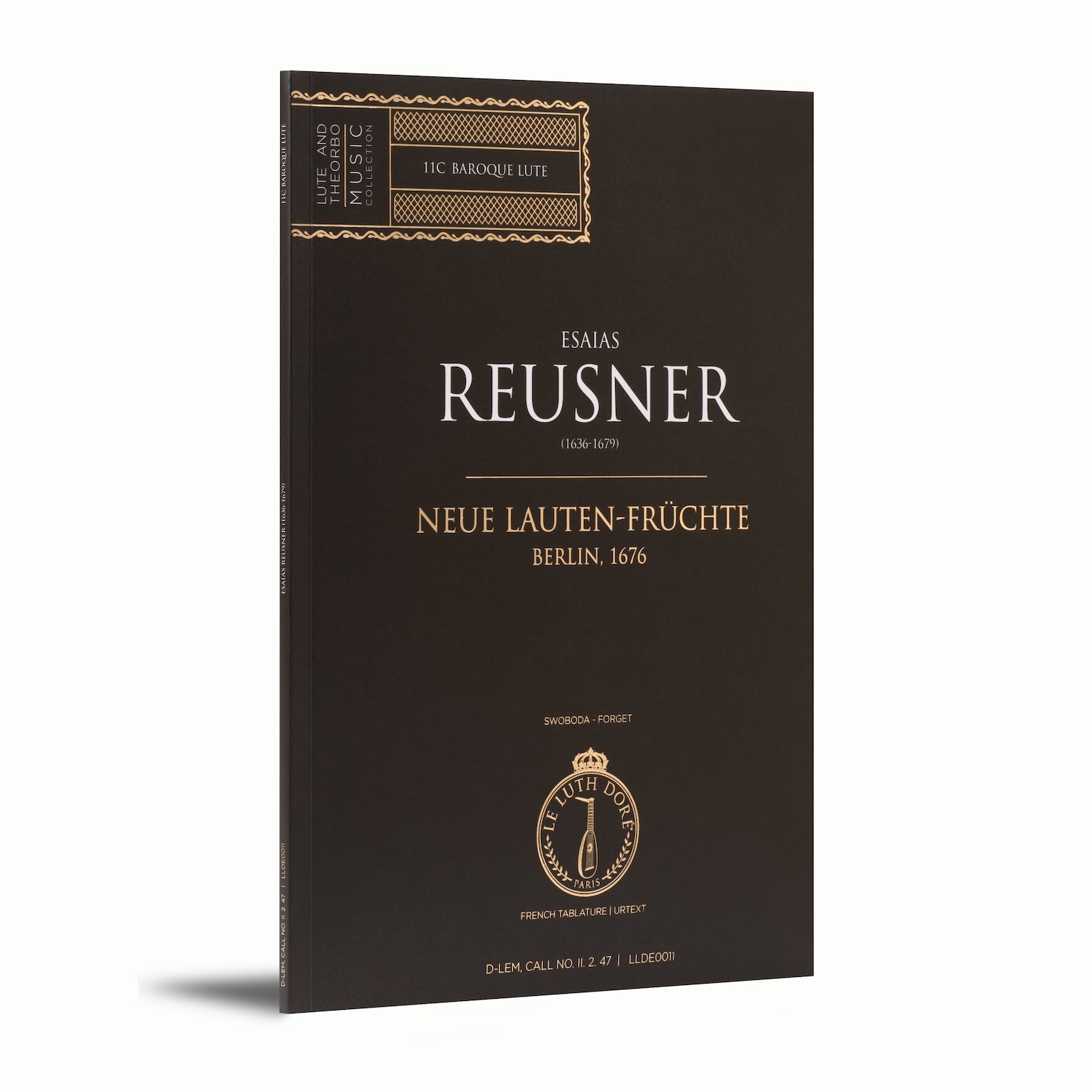
Between Versailles and Dresden: The Reinvented French Style
Published in Berlin in 1676, Neue Lauten-Früchte is a landmark in the German Baroque lute repertoire. This collection of French suites, marked by balanced forms and refined style, blends the elegance of style brisé with German lyricism.
Prepared by Anna Wiktoria Swoboda and Jean-Daniel Forget, this edition offers a faithful rendering of the original tablature, adapted to the demands of today’s performers.
Product Details
Overview
Neue Lauten-Früchte by Esaias Reusner (Berlin, 1676)
Published in Berlin in 1676, Neue Lauten-Früchte by Esaias Reusner (1636–1679) is one of the most important collections in the German Baroque lute repertoire, introducing the first French-style suites in this context. Reusner, a Silesian virtuoso trained by his father, presents lute suites in the French manner, establishing the classical structure (Allemande, Courante, Sarabande, Gigue), while blending it with refined German cantabilità.
A decisive step in the evolution of instrumental language at the German courts—particularly in Brieg and Berlin under the Great Elector, where Reusner served as chamber musician—the collection reflects a masterful art at the intersection of French and German traditions.
Its ornamental finesse, polyphonic richness, and formal clarity are rendered here in an edition by Anna Wiktoria Swoboda and Jean-Daniel Forget, which faithfully reproduces the original tablature while adapting it to the needs of today’s performers.
Editors
Anna Wiktoria Swoboda – Lutenist
Graduated with distinction from the Academy of Music in Kraków and the Hochschule für Musik Trossingen, Anna Wiktoria Swoboda specializes in solo repertoire from the 17th and 18th centuries and chamber music, performing on theorbo and baroque guitar as a continuo player. Passionate about literature, she also holds a degree in Comparative Literature from the Jagiellonian University. Recipient of several scholarships, she studied with renowned lutenists such as Hopkinson Smith and Jakob Lindberg. As a performer and educator, she teaches in Poland and collaborates with Le Luth Doré Urtext Editions.
Jean-Daniel Forget – IT specialist, lutenist
Passionate about baroque repertoire, Jean-Daniel Forget is a self-taught lutenist who has been copying and disseminating early manuscripts for nearly twenty years. An IT specialist by profession, he is proficient with music notation software adapted to tablature. In collaboration with Guy Grangereau, he shares tablatures on a dedicated website. He also assisted Miguel Serdoura in the preparation of his editions and his Method for the Baroque Lute.
Urtext Editions
Le Luth Doré Urtext Editions
Le Luth Doré Urtext Editions offer scores faithful to historical sources, optimized for musicians and musicologists. Our editions combine careful engraving, practical layout, durable materials, and a detailed critical apparatus in multiple languages.
Each text is rigorously established note by note to ensure an authentic restitution of the works, including original fingerings and ornamentations, as well as relevant stylistic suggestions.
Prepared by experts, our editions provide clear readability and informed interpretation of the early music repertoire.
We dedicate Le Luth Doré Urtext Editions to the memory of William H. Roberts († 2024), cofounder and source of inspiration for this collection. Without his vision and unwavering support, these editions would never have come into being.
Technical Details
• Editor(s): Jean-Daniel Forget & Anna Wiktoria Swoboda
• Musical period: Baroque
• Instrument(s): 11c Baroque lute
• Instrumentation: Solo Baroque lute
• Notation: French tablature
• Modern edition: Urtext
• Publisher: Le Luth Doré Urtext Editions
• Year of publication: 2015
• Series: Lute and Theorbo Music Collection
• Pages: 102 pp.
• Dimensions: 230 × 310 mm
• Weight: 0.320 kg
• Binding: Sewn perfect binding
• Cover: Soft cover with flaps, anti-scratch lamination, gold stamping, and spot varnish
• ISMN: 377-0-0017-8811-1
Table of Contents
Suite in B flat major: German, Current, Sarabanda, Jig
Suite in B flat major: Allemanda, Courant, Gavotte, Sarabanda, Canary, Ciacona
Suite in B flat major: Allemanda, Courant, Sarabanda, Gavotte, Gigue
Suite in C minor: Allemanda, Courant, Sarabanda, Gavotte, Gigue
Suite in F Major: German, Current, Sarabanda, Ballett, Gigue
Suite in D minor: German, Current, Sarabanda, Aria, Gigue
Suite in E minor: German, Current, Sarabanda, Aria, Gigue
Suite in G minor: German, Current, Sarabanda, Ballett, Gigue
Suite in G Major: German, Current, Sarabanda, Aria, Gigue
Suite in A minor: German, Current, Sarabanda, Aria, Gigue
Suite in A Major: Allemanda, Courant, Sarabanda, Gavotte, Gigue
Suite in D Major: Sonatina, Allemanda, Courant, Sarabanda, Gavotte, Gigue, Passagalia
Press Reviews
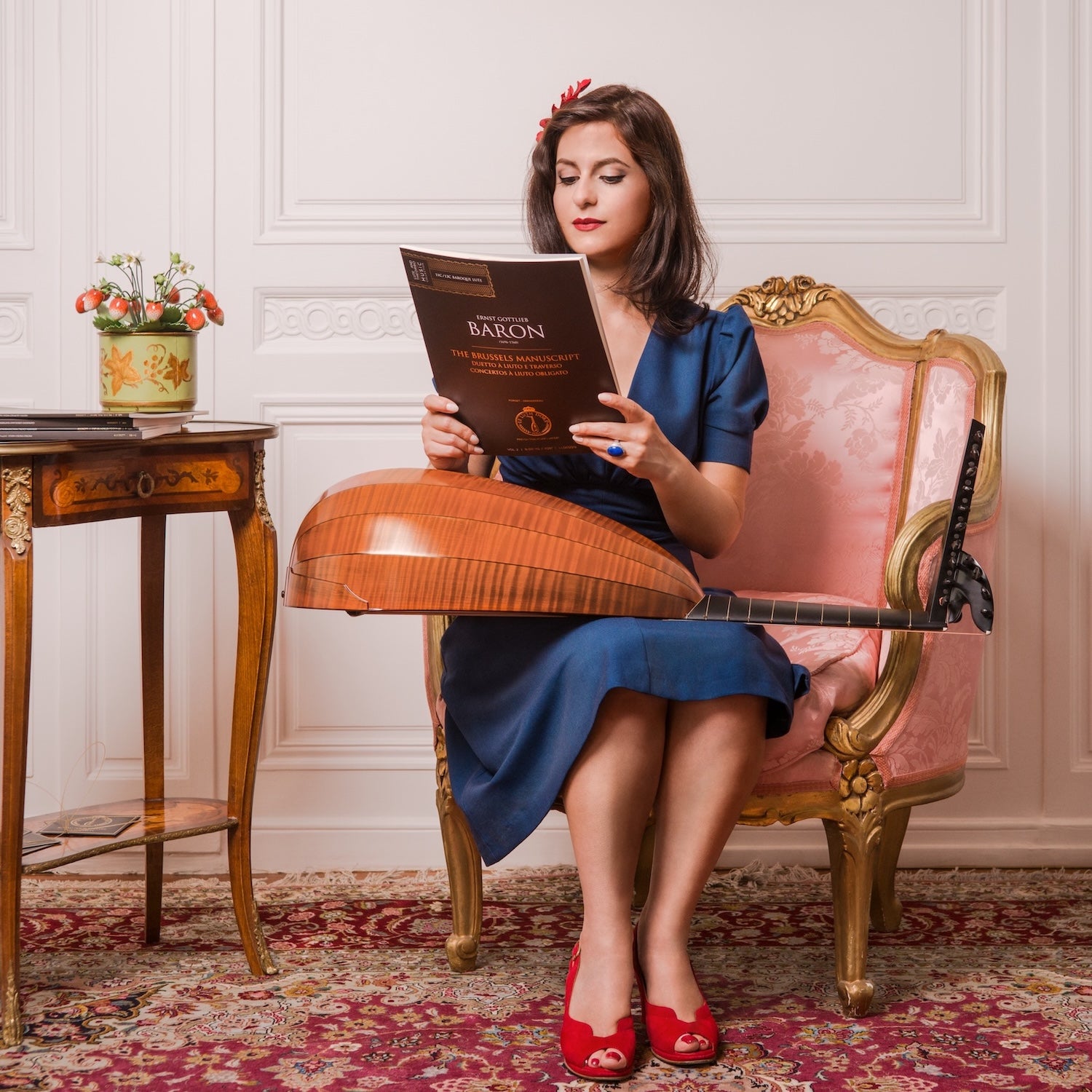
Editions for Baroque Lute
Each volume is crafted as a work of editorial art: high-quality printing, notation faithful to original sources, dual tablature (French and Italian), and rigorous critical apparatus.
Designed for today’s lutenists, these urtext editions embody the precision and elegance inherent to the art of the lute.

